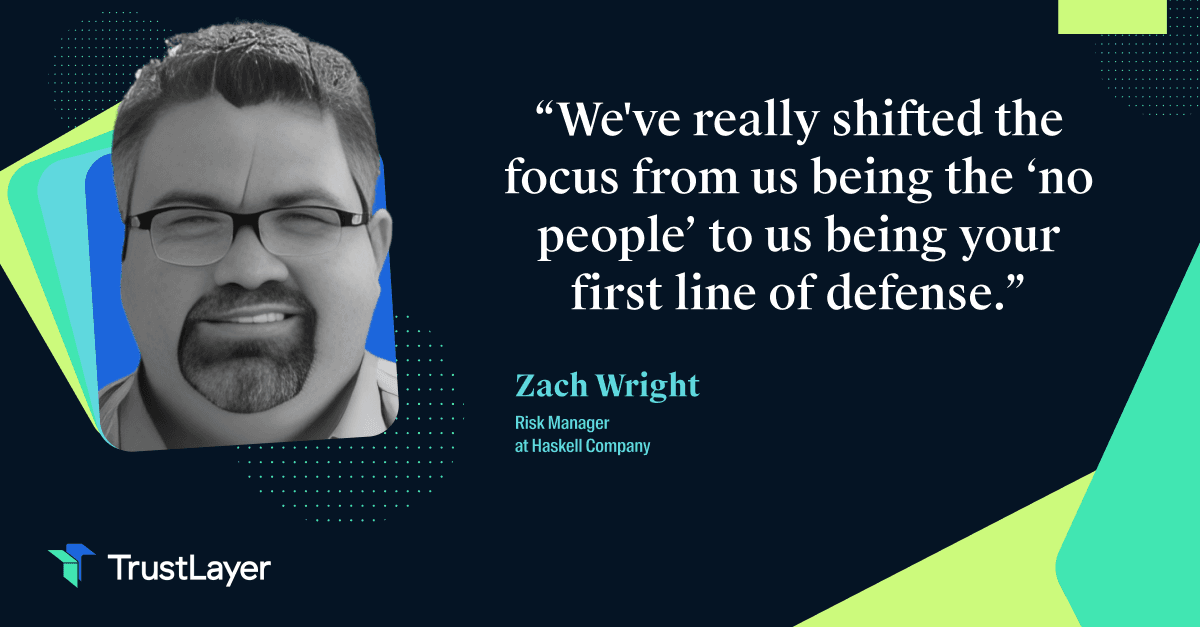Diversifying your vendor and supplier list helps you get the best prices and ensures uninterrupted operations, but it also decreases your supply chain risk. If you depend on one supplier for a key part, and they go out of business, it jeopardizes your business.
Nowhere was this more evident during the pandemic. The effects of supply chain disruptions rippled through multiple industries, some only tangentially connected to the disruption. Diversifying vendors and supply chains hedges risk in one area, but increases it in another.
Increased Risk from Diversifying Vendors and Suppliers
Fragmented networks leave businesses vulnerable to significant liability threats. A broad network puts pressure on retailers and vendors to maintain proper insurance coverage. If your third party doesn’t carry significant coverage, and they cause an accident, you could be liable for damages.
With the abrupt shift to remote work, vendors have created more vulnerabilities around your data. They could be operating an information system without a VPN or other security measures. Data breaches are not only becoming more common, they’re becoming more expensive. It costs an average cost of $7.5 million to remediate a data breach.
Business has continued throughout the pandemic, but in new ways. You are likely onboarding new vendors remotely, without ever meeting face-to-face. It’s hard to trust that they carry the right coverage to avoid claims from unforeseeable events and maintain compliance.
Without proper coverage in every area of the supply chain, you could face lawsuits and legal consequences that significantly damage your reputation. A third party’s lack of coverage could lead to filing a claim against your policy, increasing your rates. As you work to diversify your vendors and supplier network, build in systems to verify insurance coverage.
Why Verify Vendor and Supplier Insurance Coverage?
Never before has it been more important to verify vendor and supplier insurance coverage. Failing to verify means you’re not mitigating risk and don’t have an accurate picture of your company’s risk profile. Tracking and requesting COIs manually is not only inefficient, it’s prone to human error.
The wrong date entered, an unsent email, and your files could contain an outdated COI. The vendor could have let their coverage expire, or reduced coverage, to save money. You won’t find out until an accident happens, and then it’s too late.
Examine your risk management processes for areas to automate. A partnership with a platform that sends automatic emails when COIs are close to expiring could save you a potential lawsuit down the road. Storing COIs electronically saves office space, protects you from losing paperwork, and supports a remote, virtual office that’s still risk compliant.
Why Verify Coverage Limits?
Have the minimum insurance coverage requirements your risk management team establishes kept pace with industry changes? Do you require that third parties carry cybersecurity or business interruption coverage? When you obtain COIs from vendors, is someone checking that they meet your company’s minimums?
Vendors reduce and change coverage limits primarily to cover their own risk and meet business needs, and they’re not under an obligation to inform everyone in their network of changes. Digital tools review and flag COIs based on selected criteria. If a vendor has reduced their coverage, your risk managers will know and can follow up to remediate the issue.
Even if you’re verifying coverage, a manual process is inefficient, error-prone, and not scalable. A digital tool supports safe diversification of your vendor and supplier network, making it easier to safely onboard new third parties and remain risk compliant.








